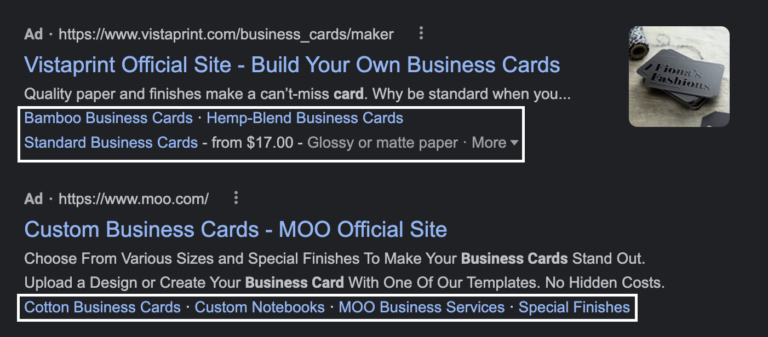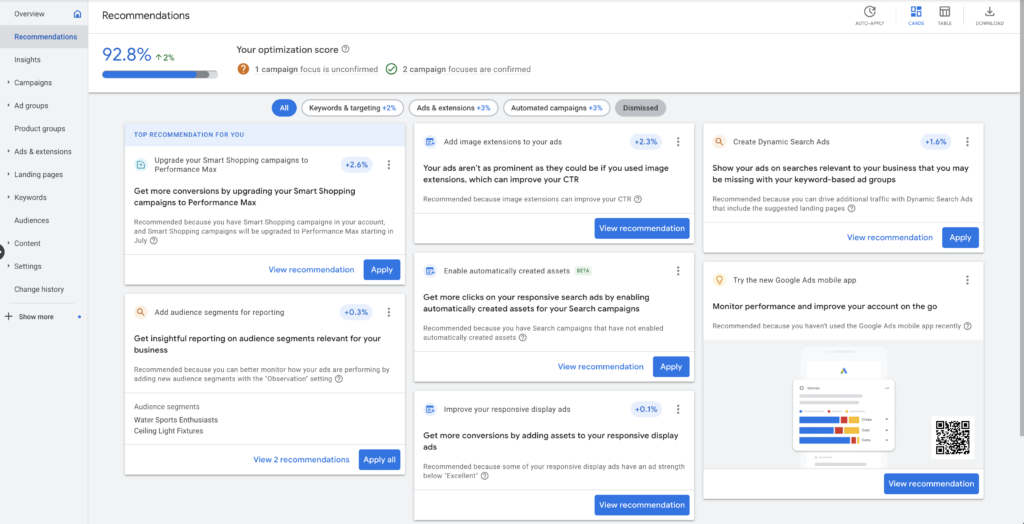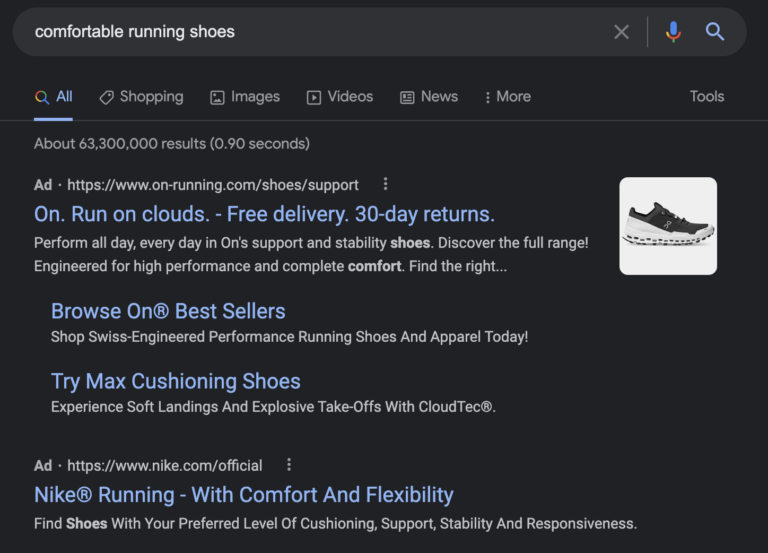When it comes to publishing a Google Ad campaign, there are a few things that can go wrong. Before you know it, you could be spending your budget on clicks that don’t turn into sales. When it comes to Google Ad Campaigns, you should be getting at least a 3x ROI. That means you should be making 3 times more in sales than your Google Ad campaign budget. So, if you’re not seeing a good ROI on your Google Ad campaign, read below for 4 common mistakes in Google Ad campaigns.
1. Poor Keyword Choices
One of the most common mistakes we see when we conduct a Google Ads audit. Often, business owners will put the keywords they THINK are the most popular or relevant to their business, but most of the time, the keywords they chose don’t work.
This is where the importance of Keyword Research comes in. Often, the keywords you think will work great for your campaign, won’t. Conducting good keyword research can be the difference between a successful Google Ad campaign, and a failing Google Ad campaign.
How To Fix This Google Ad Mistake:
The easiest way to conduct good keyword research is to use Google’s Keyword Planner. This great, free tool can help you find new keywords relevant to your site, give you bid estimates, and plan your next campaign. Proper keyword research is one of the fundamentals of good Google Ad campaigns.
While conducting keyword research, try to focus on long-tail keywords. Long-tail keywords are search terms that use three or more words. Long-tail keywords are the best way to achieve successful Google Ad campaigns because people using these types of search terms are the most likely to purchase your products or services.
For example, if you sell running shoes that are known for their extreme comfort, you’ll want to include “Comfortable Running Shoes” in your keyword search list. People using this search phrase are going to be highly likely to click on your ads and purchase your products. If you were to use a keyword as broad as “shoes”, the users clicking on your ads may not be as inclined to purchase your shoes, because they might not be exactly what they’re looking for.
2. Not Using Ad Extensions
Many business owners using Google Ads, fail to use Ad Extensions. These extensions show extra pieces of information about your website. Ad Extensions also increase your conversion rate, which will in turn increase your ROI.

Google offers different types of add extensions which include:
Call Extensions
Call extensions place your company’s phone number directly into your ad. This makes it easier and faster for user to call you immediately, and convert into a lead.
Location Extensions
Location extensions are similar to call extensions. They show your company’s address with a clickable link for GPS directions to your location. This link helps lead people to your company’s physical location, to help increase your foot traffic.
Sitelink Extensions
Sitelink extensions allow you to show specific page links on your website. You can use these to feature a specific product or service you would like to feature within your ad.
Callout Extensions
Callout extensions let you add important descriptive text to your ad. You can use phrases like “Made in the USA”, “Three-Year Warranty” and “Free Shipping” to give fast insight about your company to users.
How To Fix This Google Ad Mistake:
Fixing this mistake is easy. You can add ad extensions to your Google Ad campaign by visiting the Ad Extensions section in your Google Ads account.
3. Improper Use of Keyword Matches
Choosing the right keyword matches is critical to a successful Google Ad campaign. There are three main types of keyword matches:
Broad Match
Broad match keywords will display your ads no matter what order the words are in. For example, if you have a keyword like “Metal Hurricane Shutters”, your ad will also show up for “Hurricane Shutters Metal” as well. As long as those three words are included in the search, your ad will show.
Phrase Match
With phrase match keywords like “Metal Hurricane Shutters”, the words need to stay in the same order. However, more words can be added to the beginning or the end of the phrase for your ad to show. For example, the ad would show if someone searched “Best Metal Hurricane Shutters.”
Exact Match
Your ad will only show your ads when someone types in your exact keyword. So, your ad will only show when someone types in exactly “Metal Hurricane Shutters.” Your ads will not show if someone types the words out of order, or with any extra words in the phrase.
Many companies make the mistake of using the wrong keyword match for their goals. This can cause unqualified leads to go to your site, which wastes your budget and decreases your ROI.
How To Fix This Google Ad Mistake:
You need to understand the intentions of your ad. If you are looking for a specific group of buyers, you should consider an exact match or phrase match. If you are simply trying to increase your website’s visibility and maximize clicks, then the broad match is the best option.
4. Auto-Applying Recommendations
You’ve surely noticed the recommendations Google Ads has given you to help improve your campaign. Some of the recommendations could be suggested keywords, increasing your budget, and more. Some of these recommendations can help your campaign, but they are not always relevant to your campaign and can hurt your ROI.

How To Fix This Google Ad Mistake:
The best way to handle Google Ad recommendations is to read through each of them. If the recommendation matches the goals of your campaign. If it doesn’t, simply dismiss the recommendation.

